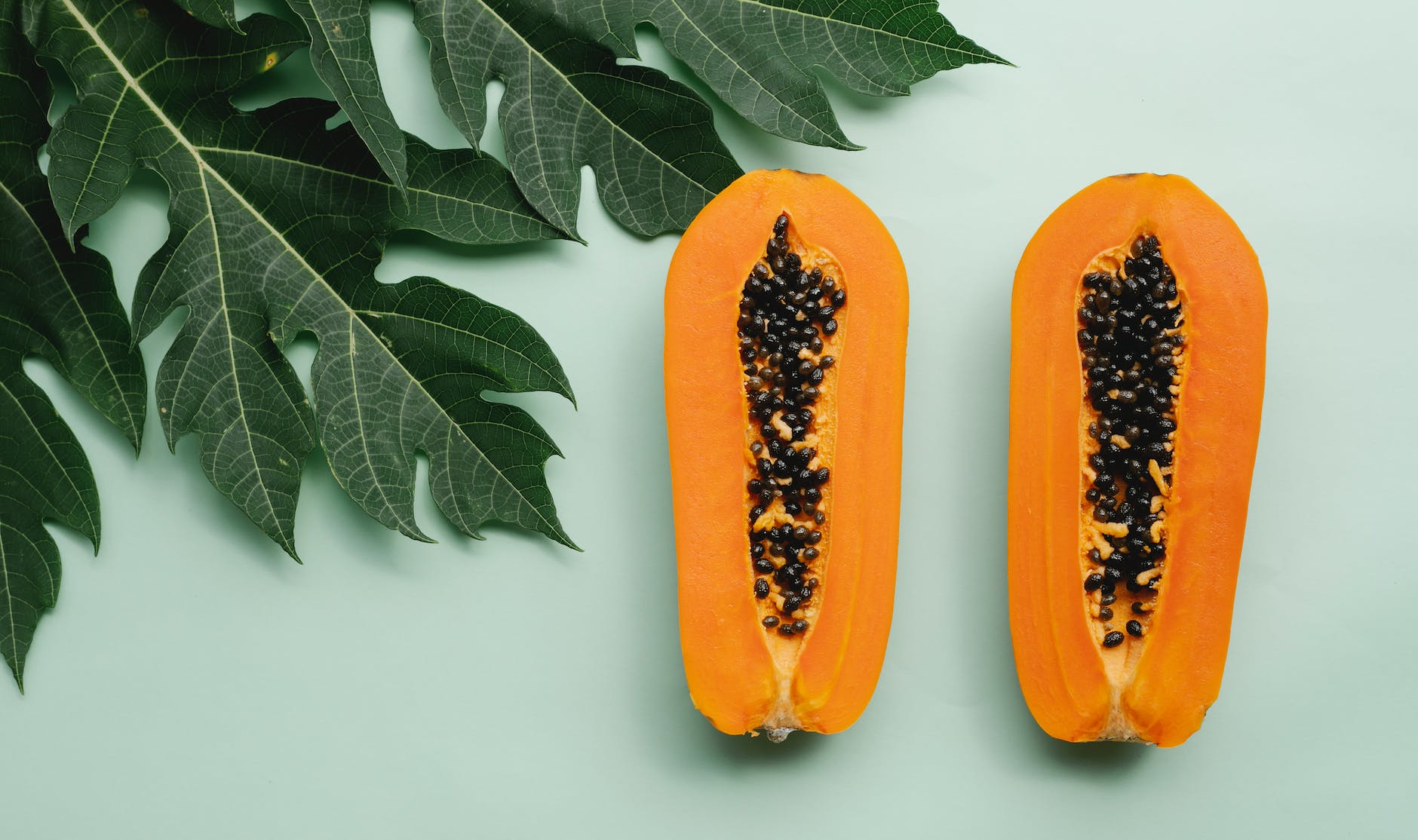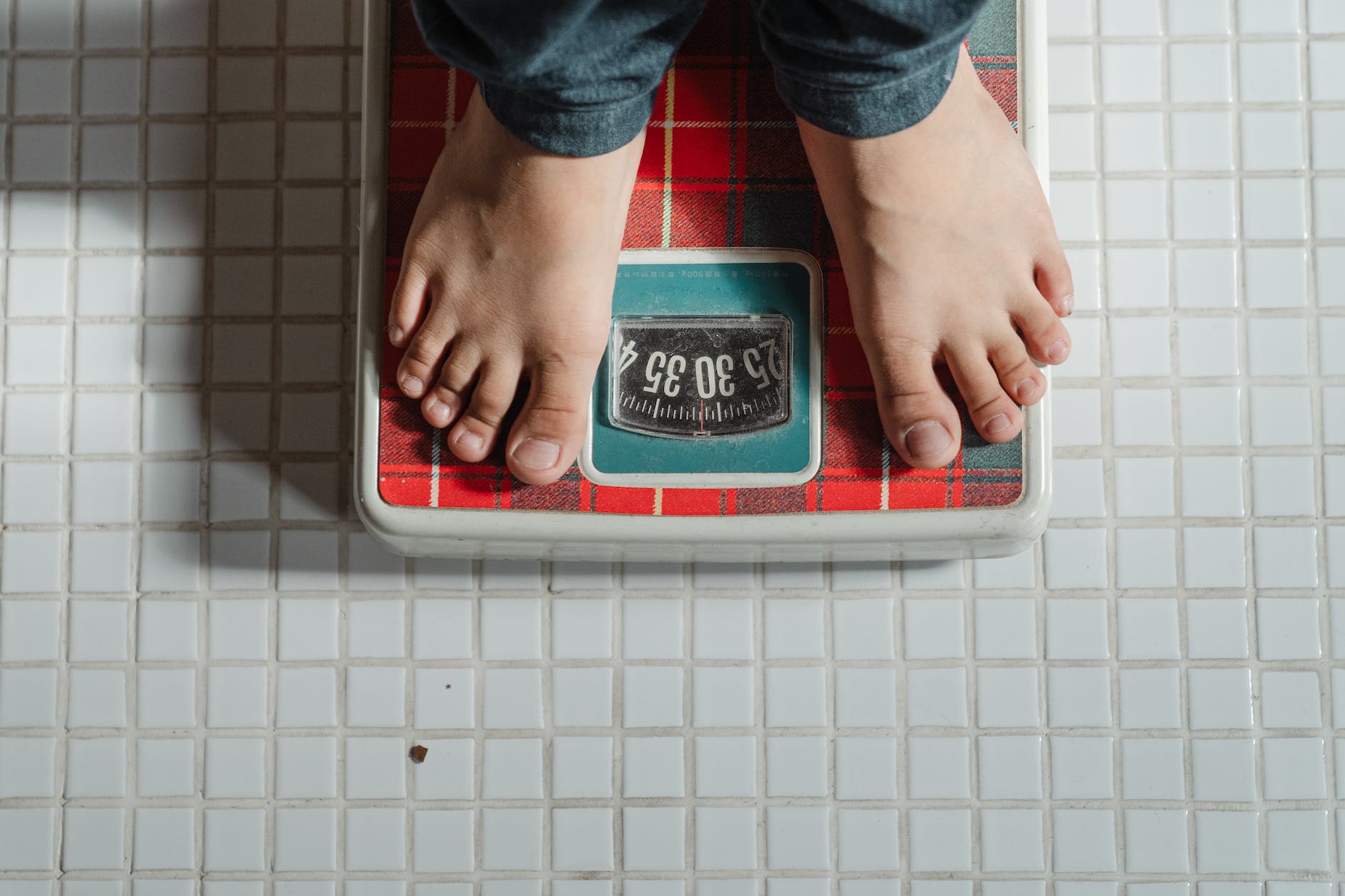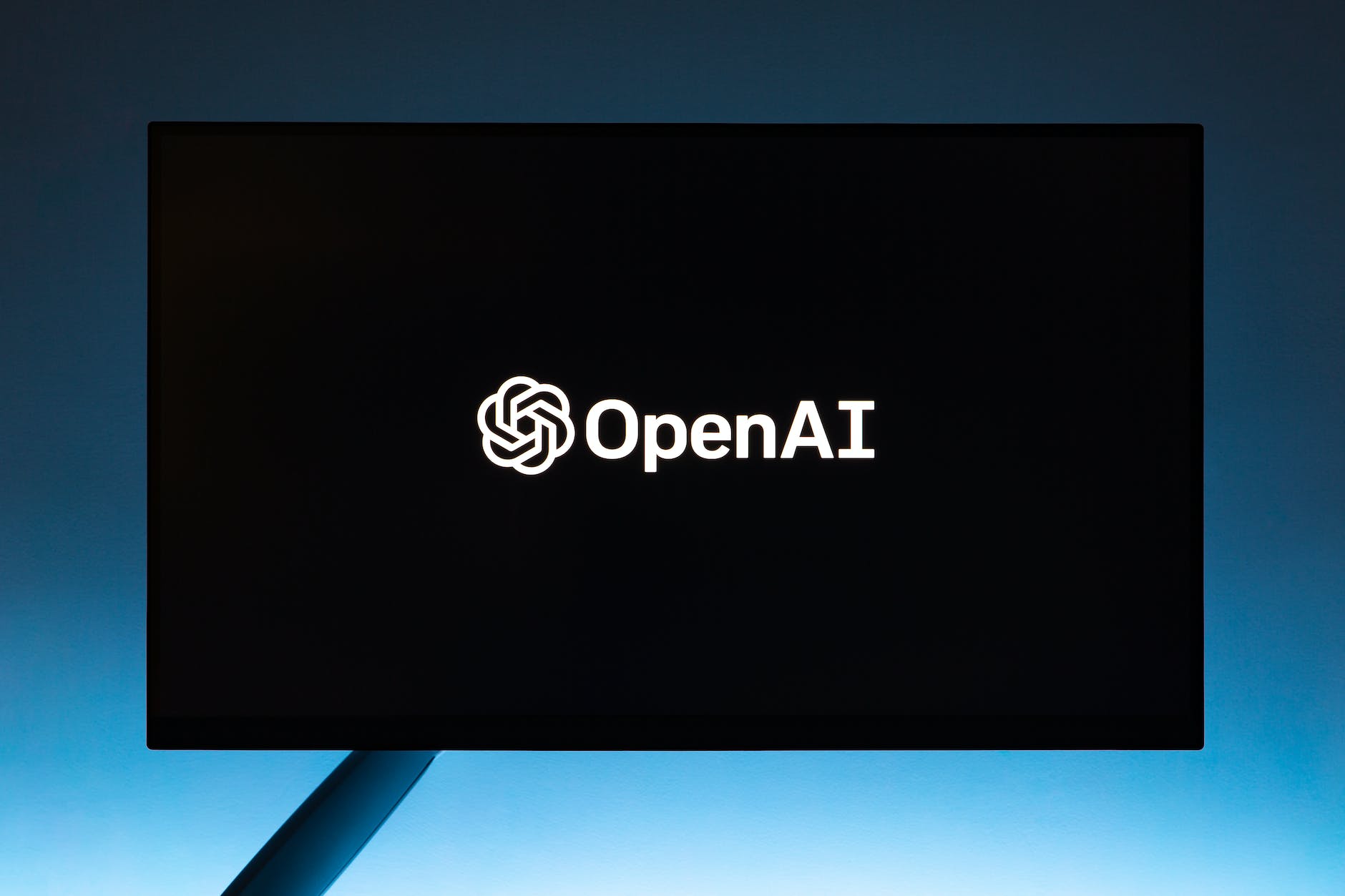
Hemorrhoids, colloquially known as piles, are a common health issue that affects millions of people worldwide. This condition, characterized by swollen veins in the lower rectum or around the anus, can cause discomfort and pain. However, with the right dietary choices, you can manage the symptoms and even prevent the occurrence of hemorrhoids. This comprehensive guide aims to provide accurate information about hemorrhoids and the crucial role of diet in their prevention and management.
Understanding Hemorrhoids
Hemorrhoids are swollen veins located around the anus or in the lower rectum. They can be internal (inside the rectum) or external (under the skin around the anus). Hemorrhoids can cause discomfort, itching, and bleeding during bowel movements. But with the right diet, you can alleviate these symptoms and improve your quality of life.
The Role of Diet in Hemorrhoids Prevention and Management
Diet plays a crucial role in managing and preventing hemorrhoids. Certain foods can help soften the stool, reduce pressure on the veins, and alleviate the symptoms of hemorrhoids. On the other hand, some foods can exacerbate the condition and should be avoided. Here’s a detailed look at the foods to eat and avoid when dealing with hemorrhoids:
Foods to Eat
- High-Fiber Foods: A diet rich in fiber can soften the stool, making it easier to pass and reducing the strain on hemorrhoidal veins. Foods high in fiber include:
- Fruits: Apples, pears, berries, bananas, oranges, and prunes are excellent sources of dietary fiber. These fruits are good for piles and can help in the treatment of hemorrhoids.
- Vegetables: Incorporate a variety of vegetables like broccoli, Brussels sprouts, carrots, and spinach into your diet. These are some of the best foods for piles.
- Whole Grains: Foods like brown rice, oatmeal, and whole grain bread or pasta are high in fiber. These are some of the best foods to eat during piles.
- Legumes: Beans, lentils, and peas are fiber-rich food options. These are some of the best foods to get rid of piles.
- Hydrating Foods: Foods with high water content can aid digestion and prevent constipation. These include cucumbers, melons, and zucchini.
- Fermented Foods: Probiotic-rich foods like yogurt, kefir, sauerkraut, and kimchi can help maintain a healthy gut and prevent constipation.
Foods to Avoid
- Low-Fiber Foods: Foods low in fiber can lead to constipation, worsening hemorrhoid symptoms. These include processed foods, fast foods, and certain dairy products.
- Spicy Foods: While not harmful to everyone, spicy foods can exacerbate hemorrhoid symptoms in some people.
- Alcohol and Caffeine: These can lead to dehydration, which can result in harder stools and straining.
Lifestyle Changes for Hemorrhoid Management
In addition to dietary changes, certain lifestyle modifications can help manage and prevent hemorrhoids:
- Stay Hydrated: Drink plenty of fluids to help keep stools soft.
- Exercise Regularly: Regular physical activity can help prevent constipation and reduce pressure on veins.
- Avoid Straining: Straining during bowel movements can worsen hemorrhoids. Take your time and don’t force a bowel movement.
- Practice Good Hygiene: Keep the anal area clean to prevent irritation and itching.
Remember, while these dietary and lifestyle changes can provide relief, they do not replace professional medical advice. Always consult with a healthcare provider for an accurate diagnosis and treatment options.
Frequently Asked Questions
- What are hemorrhoids? Hemorrhoids, also known as piles, are swollen veins located around the anus or in the lower rectum. They can be internal (inside the rectum) or external (under the skin around the anus).
- What causes hemorrhoids? Hemorrhoids are primarily caused by increased pressure in the lower rectum, leading to swelling and inflammation. This pressure can result from straining during bowel movements, sitting for long periods, chronic constipation or diarrhea, obesity, and a low-fiber diet.
- What foods should I eat if I have hemorrhoids? A diet rich in fiber can help manage and prevent hemorrhoids. Foods high in fiber include fruits, vegetables, whole grains, and legumes. Hydrating foods and fermented foods can also be beneficial.
- What foods should I avoid if I have hemorrhoids? Foods low in fiber, spicy foods, and alcohol and caffeine can exacerbate hemorrhoid symptoms and should be avoided.
- What lifestyle changes can help manage and prevent hemorrhoids? Staying hydrated, exercising regularly, avoiding straining during bowel movements, and practicing good hygiene can help manage and prevent hemorrhoids.
- Should I consult a healthcare provider if I have hemorrhoids? Yes, always consult with a healthcare provider if you’re experiencing symptoms of hemorrhoids or any other health concerns. While dietary and lifestyle changes can provide relief, they do not replace professional medical advice.
Conclusion
Hemorrhoids are a common but often misunderstood condition. By understanding their causes and the role of diet in their prevention and management, you can take control of this condition and improve your quality of life. Always remember to seek medical advice if you’re experiencing symptoms of hemorrhoids or any other health concerns.
Blog Tags: Hemorrhoids, Piles, High-Fiber Foods, Fruits, Vegetables, Whole Grains, Legumes, Hydrating Foods, Fermented Foods, Low-Fiber Foods, Spicy Foods, Alcohol, Caffeine, Hydration, Exercise, Straining, Hygiene, Hemorrhoid Management, Hemorrhoid Prevention, Hemorrhoid Diet.













